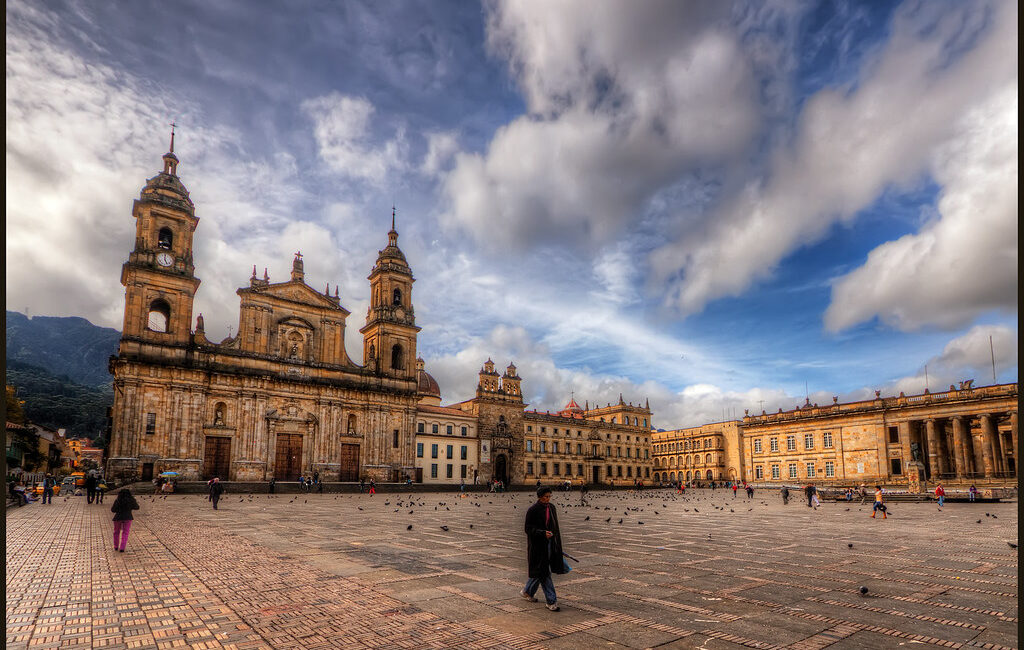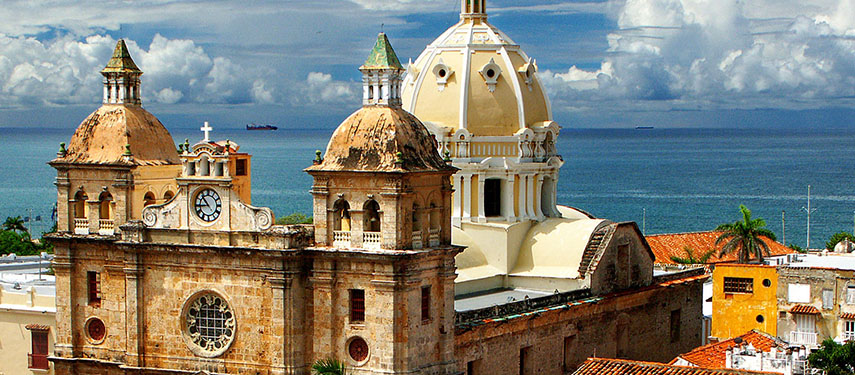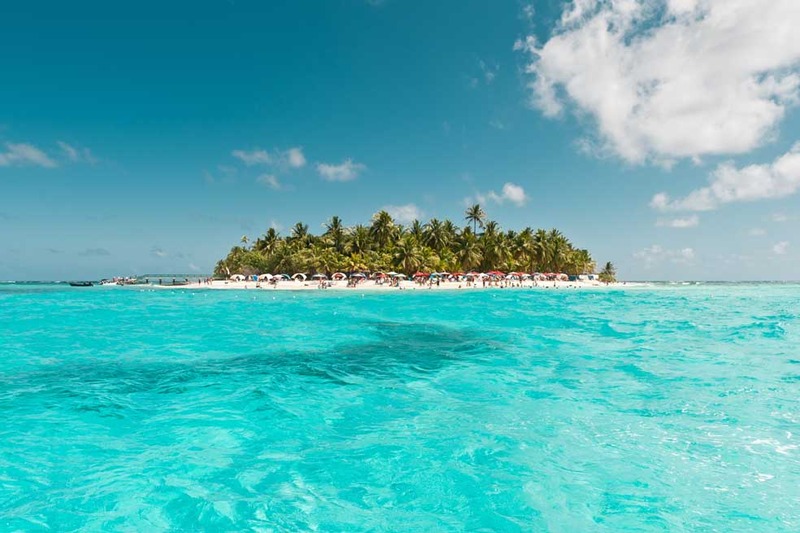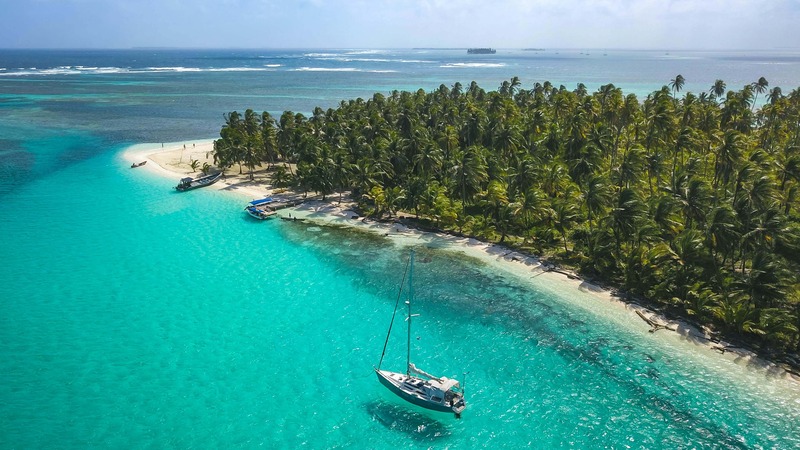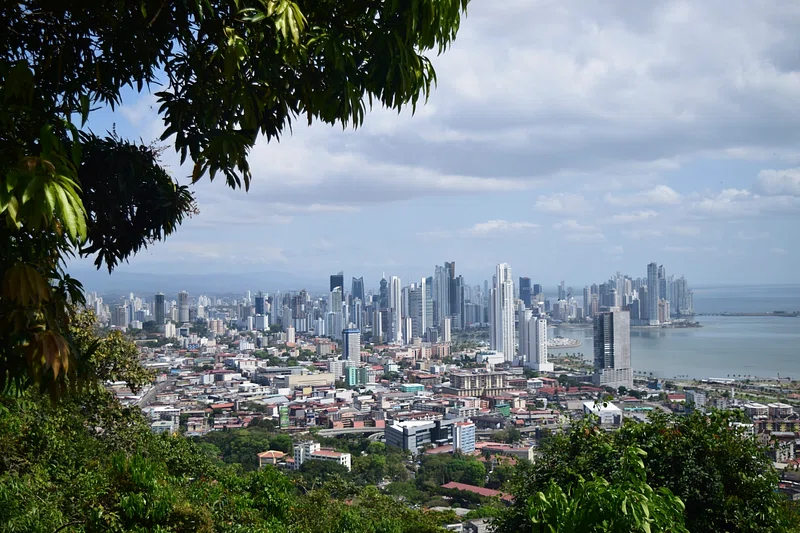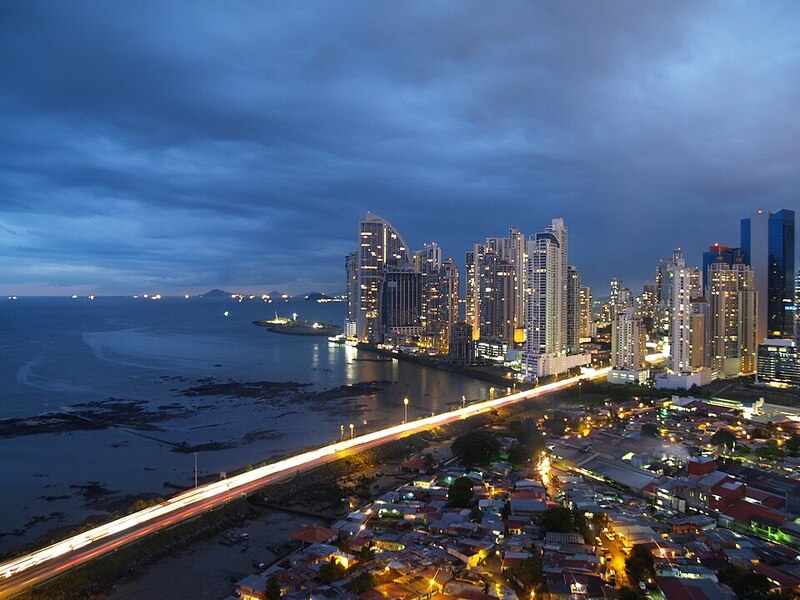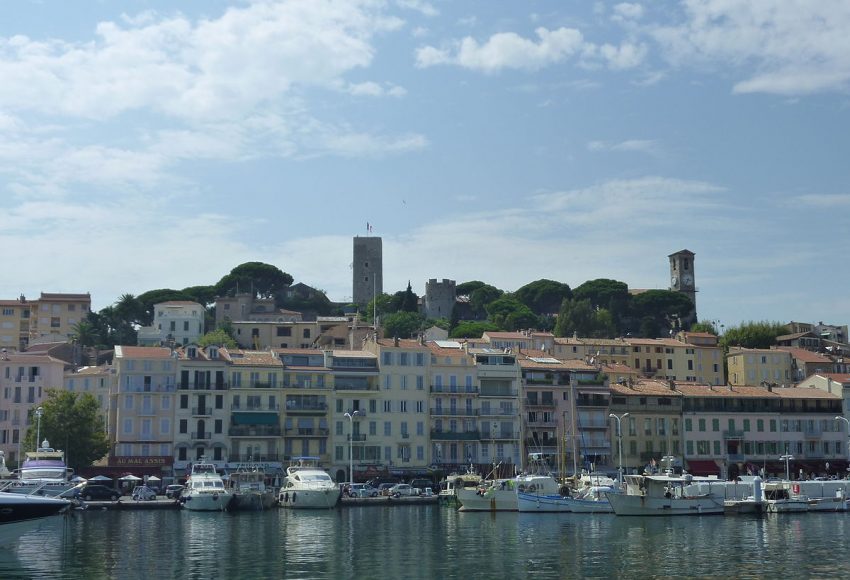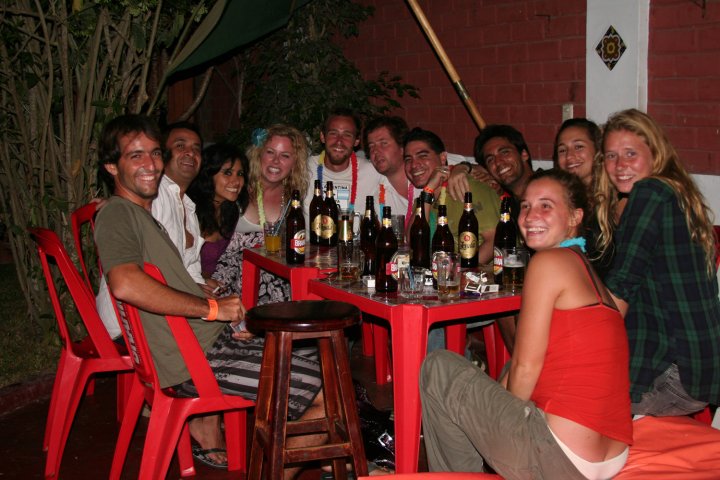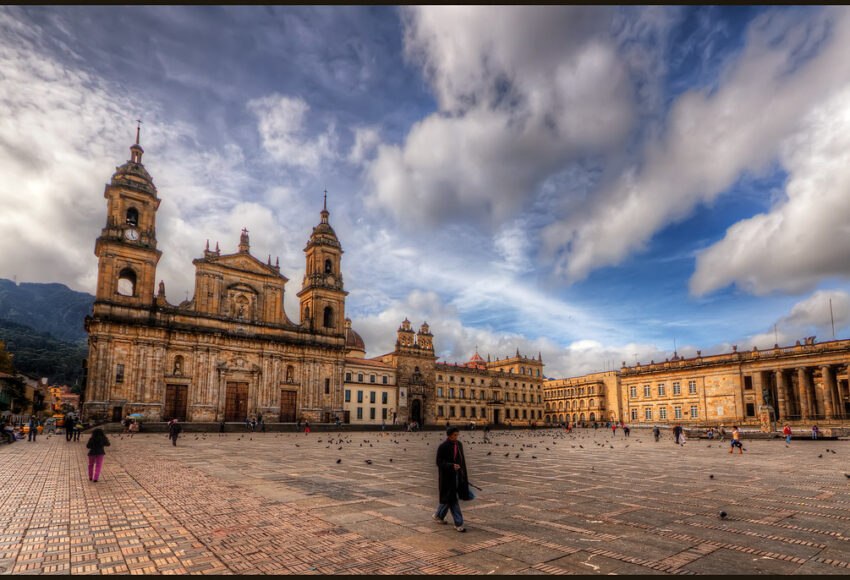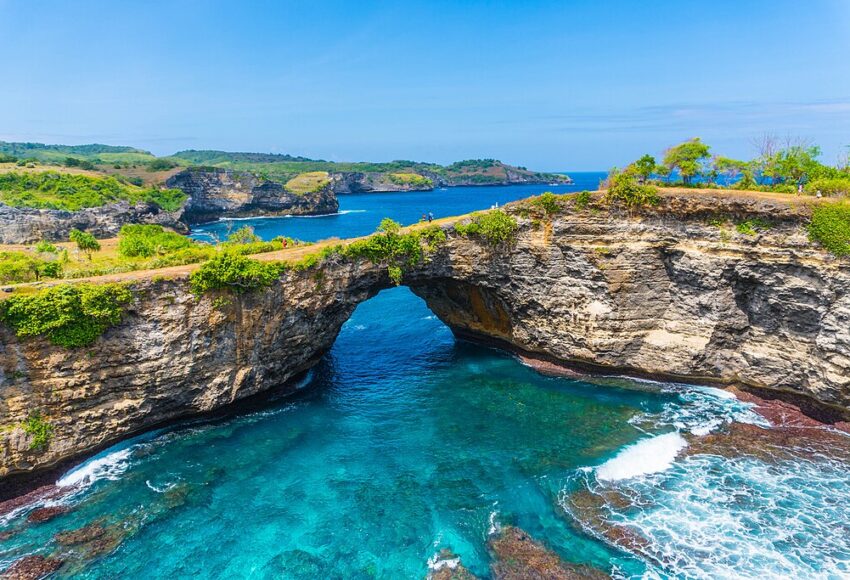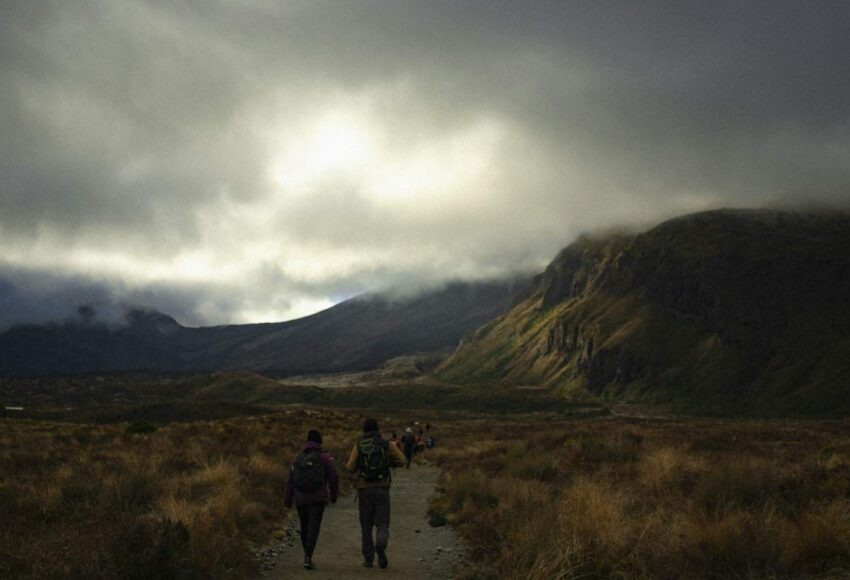Introduction
I didn’t mean for this to become a debate. I really didn’t. But somewhere between looking up flights to Bogotá and watching videos of sailboats in San Blas, I started to wonder… is this even the trip I thought I was planning?
You know that feeling when you’re halfway through organizing a trip, and suddenly you’re not sure if you’re on the right track anymore? That was me. At first, Colombia seemed like the obvious choice—more culture, cheaper, bigger. But then Panama kept popping up. Quietly. Subtly. Like, “Hey. I’m here too. And I’ve got calm beaches and no visa hassle. Maybe don’t overlook me.”
And that’s how I ended up deep into this unintentional research spiral. Comparing costs, safety, beaches, food… the whole thing. I mean, not in an organized spreadsheet kind of way. More like, 38 tabs open, randomly switching between Google Maps and blogs written in 2018. Very scientific.
Anyway, if you’re stuck in the same spot—trying to decide between Colombia and Panama—I get it. It’s not an easy call. Both are beautiful, both have their charm, and they each offer something a little different. So, I figured I’d lay out what I found. Not just the facts, but how they felt. Because honestly, numbers and stats only go so far. Sometimes the vibe just matters more.
Two Countries, One Region, Very Different Energy
Okay, geography first—just to set the stage. Colombia is huge. Like, really big. You’ve got mountain ranges, two different coastlines, jungle, cities the size of small countries… it’s a lot. Bogotá is high up in the Andes, Medellín has that whole eternal spring thing going on, and then there’s Cartagena, which is tropical and colonial and colorful in a way that almost feels staged (but in the best possible way).
Panama, by contrast, is narrow and kind of simple on the map—but that’s misleading. It’s more diverse than you’d think. Panama City is modern and shiny with these wild skyline views, but drive a couple hours and you’re in rainforests or sleepy beach towns. And let’s not forget the Panama Canal—it sounds like a snoozefest on paper, but watching it in action? Weirdly fascinating. Like, how is this thing real?
At first glance, Colombia feels like the more “complete” country for travelers—it has more stuff. But Panama moves easier. It’s tidier, somehow. Less overwhelming. And sometimes, especially if you’re traveling to relax, that’s what you want.
The Money Question (Spoiler: One’s Cheaper, But That’s Not the Whole Story)
Let’s be real—budget is part of almost every travel decision. And if we’re just talking cost? Colombia usually wins. You can eat well for a few bucks, sleep in a hostel for less than $15 a night, and get across the country on a bus for what you’d spend on a sandwich in New York.
Panama isn’t expensive like Europe or anything, but it’s definitely a notch up. A basic dorm bed might run you $20+, and food adds up faster—especially in touristy spots. Still, it’s manageable. And honestly, for what you get in terms of infrastructure (like decent roads, drinkable water in Panama City, organized tours), sometimes it feels worth it.
Transport-wise, Colombia has cheap domestic flights, which helps a lot because overland travel is… well, slow. Buses wind through mountains and stop a lot. Panama’s roads are smoother, and everything’s closer together. So while it might cost more per ride, you spend less time moving.
So yeah, Colombia is easier on your wallet. But Panama might be easier on your patience. Kind of depends what matters more to you at the moment.
How Safe Do You Feel? Depends Where You Are (And How Lucky You Are)
Safety is one of those topics that always gets weird. People will tell you totally different things based on their personal experiences—and they’re all technically right. I’ve met travelers who swore Colombia felt safer than their own cities back home, and others who got mugged on day two. Same with Panama.
Colombia has changed a lot over the last couple decades. The major tourist cities—Bogotá, Medellín, Cartagena—are generally fine if you stay aware. But you do still hear the occasional sketchy story. Night buses aren’t always a great idea. Some rural areas are still off-limits. But again, it depends where you go, how you act, and a bit of luck.
Panama, overall, feels a bit more stable. Fewer areas to avoid, fewer scams, and the police presence in tourist zones is more obvious. Panama City, despite being busy, didn’t feel tense to me. Just… normal.
If you’re a first-time solo traveler, Panama might feel easier. But Colombia isn’t automatically dangerous either. Just pay attention, ask locals, and don’t be dumb with your phone in busy areas. (Common sense goes a long way.)
What You’ll Actually Do in Each Place
Colombia is an adventure buffet. You want colonial towns? Go to Barichara. Coffee farms? Head to Salento. Big city nightlife? Medellín has you covered. Jungle hikes, desert dunes, Caribbean beaches… it’s all there. Honestly, you could spend three months here and not repeat an experience. It’s kind of wild.
But it’s also kind of exhausting. There’s just so much. And moving between regions takes effort. Planning. A little bit of patience.
Panama is slower, and that’s not a bad thing. You’ve got the beaches—Bocas del Toro, San Blas, even the Pacific coast. You’ve got some solid hiking in Boquete. And yeah, the Panama Canal might surprise you with how weirdly interesting it is.
Thing is, in Panama you don’t feel the need to rush around. The pace is different. If Colombia is a playlist with 18 genres, Panama is one album on repeat—but a really chill one.
Language, Culture, and Just… People
Colombian Spanish is clean, relatively easy to understand, and varies by region. In Bogotá, people speak slowly. In the coast? Much faster. Overall, though, Colombians are warm, chatty, and curious. You’ll probably get pulled into more conversations than you expect, even if your Spanish is limited.
Panama has more English speakers, especially in the city and around tourist hubs. That makes things simpler—but maybe also a bit more transactional. Not in a bad way, just… different. It feels like people are used to travelers. Less novelty.
Culturally, Colombia feels denser. More festivals, more street art, more political energy. Panama feels practical. It works. It’s easy to live in. It doesn’t try to impress you—it just is.
Visa Stuff & Living Longer Term
If you’re thinking beyond just a quick vacation—maybe remote work, slow travel, or just avoiding winter for a while—visa policies come into play.
Panama is super appealing here. Most tourists get 90–180 days automatically, and they’ve got a digital nomad visa that’s actually doable. Good Wi-Fi, stable economy, and tons of co-working spots.
Colombia offers 90 days too, extendable to 180, but longer stays get more complicated. The process exists, but it’s definitely more tangled. There’s also a digital nomad visa, but it’s newer and less consistent in practice.
So… Which Country Should You Pick? Or Should You?
I wish there was a clear answer. I really do. But I guess the honest truth is—it depends what kind of trip you’re looking for.
If you’re chasing culture, variety, spontaneity, and don’t mind a bit of chaos, Colombia might blow your mind. It’s richer in layers. But it’s also a little more work.
If you want ease, comfort, tropical beauty without too many surprises, and a touch of modern convenience, Panama is a solid, underrated choice.
And if you’re really torn? Do both. Fly into one, overland (or air-hop) to the other. They’re not that far apart. Just skip the Darién Gap unless you have a death wish.
If You’ve Got a Week…
Honestly, stick to one. In Colombia, do Bogotá + Salento, or Cartagena + Tayrona. In Panama, do Panama City + Bocas or San Blas. Keep it simple.
Got Two Weeks?
Now you can mix it up. In Colombia, maybe Medellín + coffee region + Cartagena. In Panama, try Panama City, Boquete, and then pick your favorite coast.
No matter what you choose, it won’t be perfect—and that’s fine. Some moments will be frustrating, some unexpectedly magical. You’ll miss one bus, catch another. You’ll find something you didn’t plan for and realize it was the best part of the trip.
And honestly, that’s kind of the whole point.
key takeaways
Colombia is massive in personality. One day you’re in Bogotá’s art-laden streets, the next you’re wandering coffee farm trails in Salento, and by evening you could be dancing salsa in Medellín. The pace is uneven—intense some days, slower others. You absorb history, architecture, laughter, music, politics, coffee. It’s layered. Overstimulating, maybe. But never boring.
Panama moves differently. It’s more rhythmic and predictable, in a comforting way. Panama City’s skyline is sleek; Casco Viejo’s balconies drip bougainvillaea. Then just a few hours later you’re stepping onto a rustic wooden dock for a San Blas island boat ride, or walking into a cloud forest café in Boquete where the air tastes fresh and alive. There’s a calm confidence there, as if you don’t need to rush to experience something wonderful—wonder presents itself.
Final Thoughts
So yeah, it’s not really about which country is better. It’s more about what kind of experience you want right now. Colombia gives you color, chaos, and contrast—it keeps you on your toes, in the best way. Panama, on the other hand, lets you breathe a little. It’s smoother, quieter, and easier to settle into. Neither is perfect. Both are worth it. And maybe the real win is knowing there’s no wrong choice—just different kinds of good

